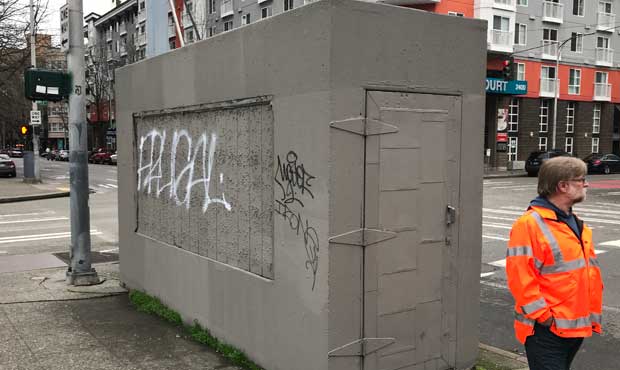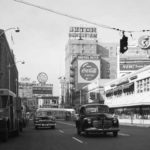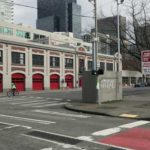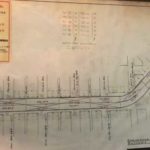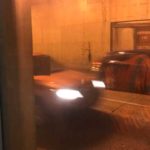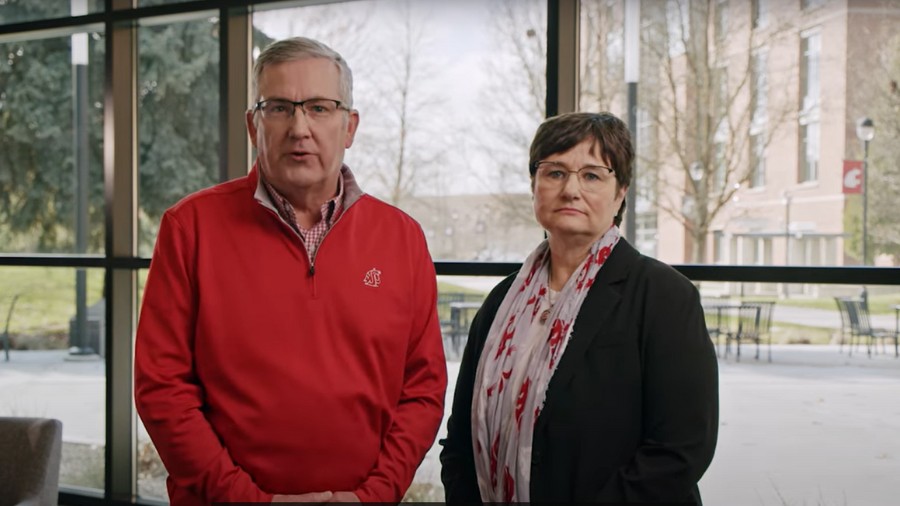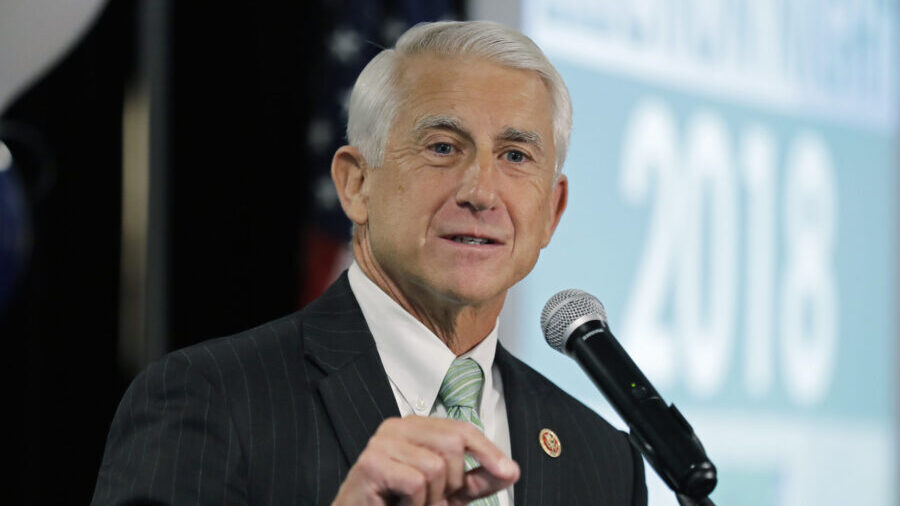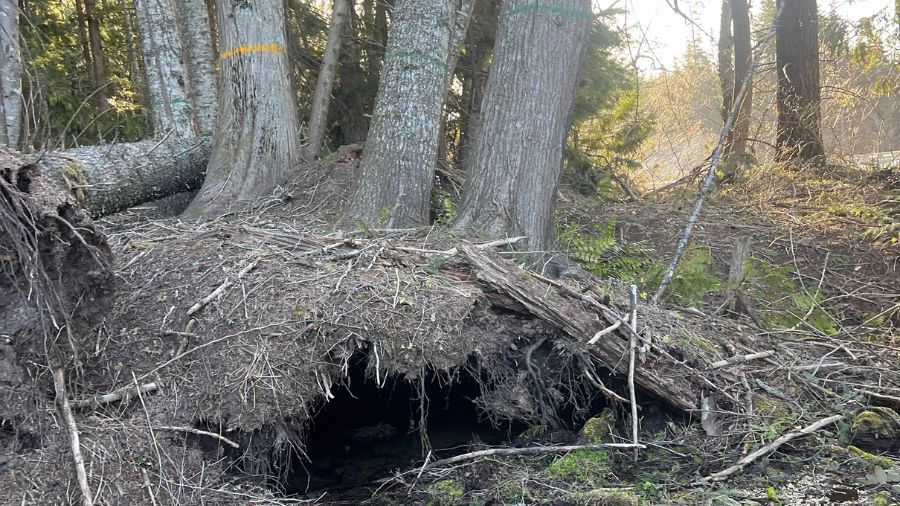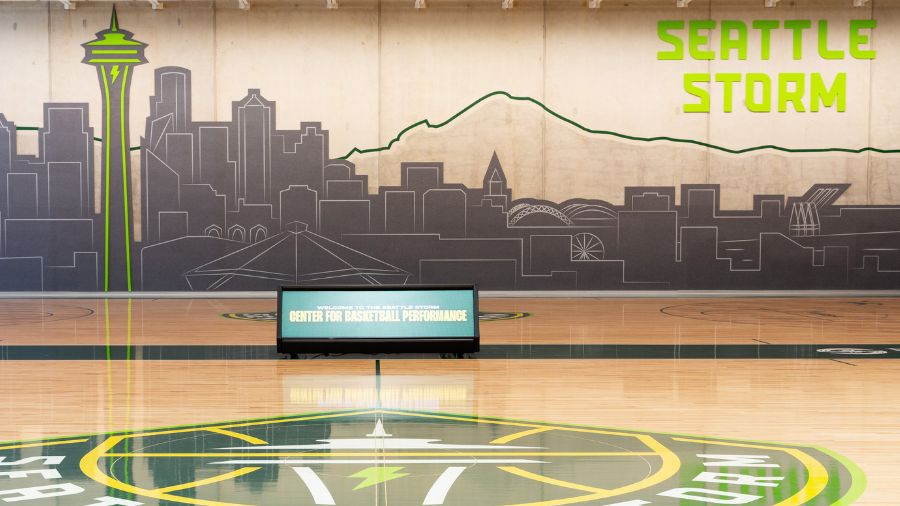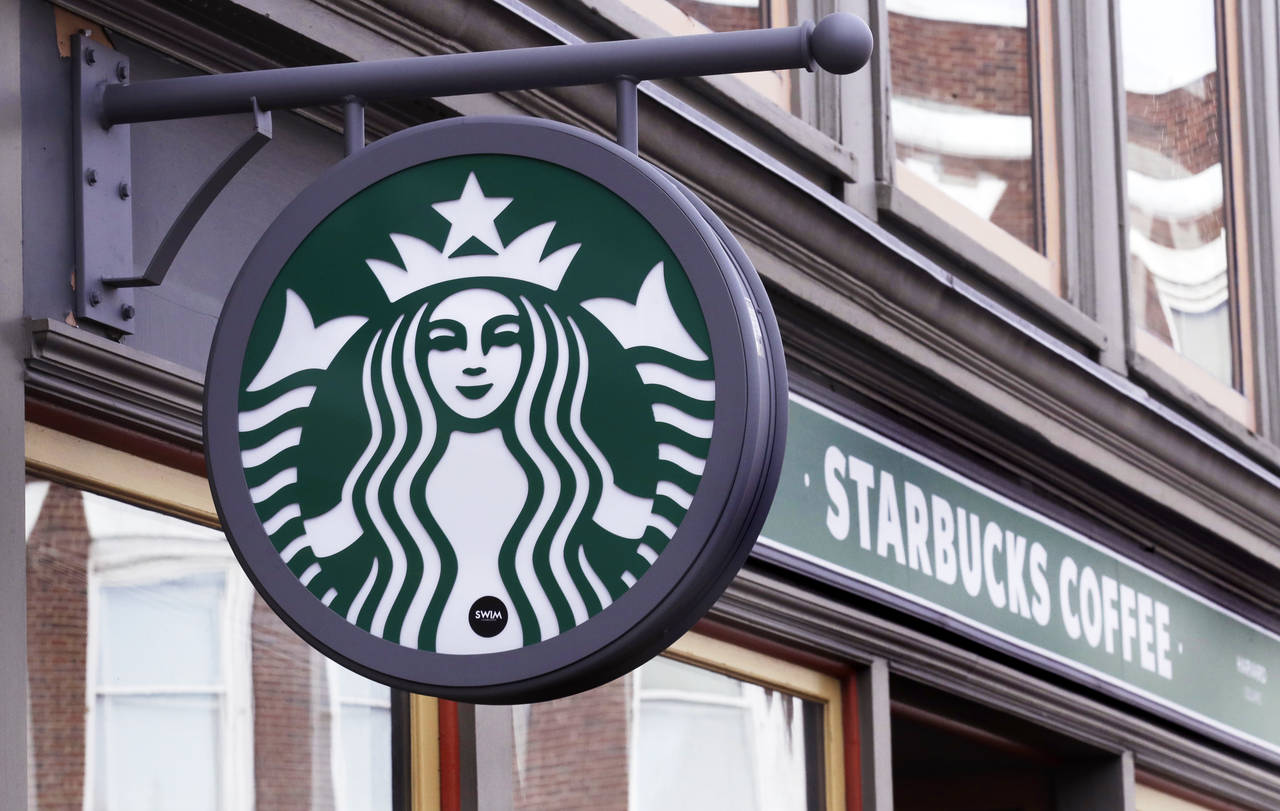Secret room hidden in the Battery Street Tunnel
Feb 28, 2018, 6:00 AM | Updated: 9:05 am
Most people don’t even notice it.
It’s just a small box-like structure made of cinder blocks that sits at the southwest corner of Fourth Avenue and Battery Street in Belltown.
It measures roughly six feet wide, 10 feet long and eight feet high, and the design is somewhere between “industrial” and “nondescript.” On the east side facing the old fire station is a large window made of translucent glass bricks. On the west side, what looks like it was once a similar window is now bricked in. On the south end facing the Fourth Avenue sidewalk is a solid metal door.
To Rick Rodda, longtime Superintendent for Maintenance for the Washington State Department of Transportation, this little cinder block building is more than a forgettable piece of the urban streetscape. To Rick Rodda, it’s a symbol of another era.
And for Rick Rodda and Seattle area commuters, that era is about to come to an end.
“I love the old structures,” Rodda said on a recent afternoon, standing near the cinder block building at Fourth and Battery as he got ready to lead a subterranean tour into bowels of the Battery Street Tunnel.
“I loved the old 520 bridge that went away, that was sad. I’ve watched a lot of upgrades over my career and this is another one that it’s sad to see go away,” Rodda said.
In addition to being a symbol, that cinder block building is also the very real entrance to another world, hidden down an emergency exit staircase, and tucked in below the sidewalk of Battery Street.
Hidden room in the tunnel
Rodda unlocked the metal door into the cinder block building and led the way down a dark flight of stairs, with only dim winter light coming through the glass bricks. In an emergency, Rodda says, these stairs would function as an exit from the tunnel. Rick Rodda and his WSDOT colleagues have used them for decades to access the special secret place where we’re headed on the tour. From the looks of the debris scattered around, homeless people have sheltered here, too.
This first set of steps leads to a landing where the staircase takes a sharp right turn. At the bottom of that second flight is another landing. To the left of that is a narrow strip of concrete that functions as an emergency sidewalk inside the Battery Street Tunnel.
Cars were zooming past just inches away as we turned right from the landing and walked carefully along the sidewalk next to the northbound lanes of State Route 99. We went about 50 feet until we came to sliding metal door.
Rick Rodda unlocked the heavy door and slid it to the left. Behind it was a regular metal door with a large glass window.
“This is the control room in the Battery Street Tunnel, built in 1954,” Rodda said, as he pushed open the inner door and into that other world – a world nearly 65 years old.
The overhead lights Rodda turned on revealed a tiny hidden room, roughly 15 feet square.
“What you see is 1950s vision,” Rodda said, pointing to walls lined with analog gear and industrial fixtures from generations ago. “This is a time capsule.”
When the exterior sliding door is closed, the old control room is pretty much invisible. As we looked around the tiny space, just a few feet away, on the other side of a concrete wall, cars were speeding past in the lanes of northbound SR-99, their drivers unaware of the hidden space. This, too, has been the case for nearly 65 years.
“Not much at all has changed,” Rodda said, showing off the switches, relays and other gloriously mid-century controls that operate a variety of lighting, ventilation and sprinkler systems. “There are a few modern electronic devices that have been installed, but other than that, all the systems are original”
Hidden layers of history uncovered by demolition
Rodda takes down from the wall a soiled piece of cardboard, prepared by the sprinkler company back in 1954.
“This is just a diagram of the sprinkler system and the zones,” Rodda said. “What systems are where, with the street names, where to find where the different fans are marked. They’ve got it all labeled out.”
Need help from that sprinkler company? The diagram says to call MAIN-34780.
The Battery Street Tunnel was built in the early 1950s as part of the construction project that took old US Highway 99, the pre-Interstate route through Seattle, off of city surfaces streets and onto the Alaskan Way Viaduct to bypass downtown traffic. Even in the 1940s, Seattleites considered traffic through downtown too congested.
Forgotten history
What’s mostly forgotten these days is that early designs for the Battery Street stretch of Highway 99 envisioned a sunken but open road, or what was in those days called a “subway” (think of it as “cut and cover” without the “cover”). And though the “subway” name never really caught on, it did stick for a little while, as photos of early signage and old newspaper clippings from the mid-1950s clearly show.
But changing from a “subway” to a tunnel meant more than just calling the road by a different name or putting up new signs.
For the enclosed Battery Street Tunnel, engineers had to design ventilation to get rid of vehicle exhaust, and a sprinkler system in case of fire. In early July 1954, before the new tunnel was opened to traffic, those engineers tested both systems to make sure that the now enclosed roadway would be safe for cars and their occupants.
One test involved packing the tunnel full of vehicles and letting them sit there with their motors running, filling the tunnel with exhaust fumes. The Battery Street Tunnel passed the necessary tests and opened to the public on July 24, 1954.
More than six decades later, with only minor additions, those original systems are still doing their jobs, even as the Battery Street Tunnel and the Alaskan Way Viaduct are about to be bypassed by the new State Route 99 deep bore tunnel and demolished.
Rick Rodda says that what he calls a “living and working museum” in the old Battery Street Tunnel control room came about because it just made sense to keep the old systems in place rather than upgrade to something more modern.
“Instead of spending money knowing that this was going to be decommissioned eventually,” Rodda said, “we took a little bit of that money and have just been maintaining them as-is for the last five to seven years.”
And Rodda says that this investment paid off, in savings and in safety. It clearly paid off in historical interest, too.
“The technicians have done a great job, an excellent job of keeping these old systems together and finding the parts and pieces that they need to keep it going,” Rodda said. “I tip my hat to them. They’ve done an excellent job.”
While those dedicated technicians notice when the safety systems in the Battery Street Tunnel need maintenance, what about all those drivers speeding past? Do they ever notice the old control room?
“I don’t think many people do,” Rodda said. “You drive through and you’re paying attention to the cars in front of you, and that’s about it.”
In addition to maintaining the vintage safety systems, WSDOT shuts down the tunnel twice a year to inspect the overall structure and to give the walls a good scrub using a special truck known as “Mister Bubbles.” Rick Rodda says that the scrubbing is also a safety measure.
“The walls are white to help for visibility and for reflection, so you can see brake lights ahead of you,” Rodda said. “This tunnel is on a curve. So when you see braking lights reflecting off of the wall it helps warn you.”
But safety in the Battery Street Tunnel circa 2018 isn’t only about vintage technology and good old-fashioned soap and water.
“Some of the traffic monitoring is new,” Rodda said. “We do have gates on either end of [the tunnel] that were installed, so if we do have a problem in the tunnel, signage goes up [and] the gates come down to stop traffic from entering. So there are a couple new things, but for the most part, this is all original.”
What also appears to be “all original” is the old desk in the corner of the control room to the left of the door. It’s packed with vintage office supplies, and its battered wooden top is covered with notes and phone numbers and other decades-old graffiti.
Even more remarkable is the intact vintage bathroom in the corner opposite the decrepit desk. If there were a Museum of Plumbing – the MOP? – the curators there would be salivating at thought of accessioning these porcelain artifacts.
With the desk and the lavatory facilities, did this 1954 underground control room – just a few feet from the busy lanes of the Battery Street Tunnel – actually once serve as someone’s office?
Rick Rodda isn’t sure, but he could imagine at least one scenario where that might’ve been the case.
“You know, there may have been somebody in the very beginning that worked here that monitored alarms and manually operated the safety systems,” Rodda said before the systems were fully automated or deemed completely dependable.
If there ever was a somebody who sat at that desk every day, he’s been retired for a long time. And now, Rick Rodda is retired, too. After 34 years with WSDOT, he hung up his orange vest just a few days after leading the tour to the old control room.
Does Rick Rodda have any special feelings for the old tunnels and bridges he’s spent so much of his life maintaining?
“You know, it is sentimental,” Rodda said. “Over the last 34 years, I’ve watched all the upgrades. I think the upgrades are nice. They’re needed for safety and efficiency and all that, but it is sad to see some of these old structures go away.”
And the folks at WSDOT are sad to see Rick Rodda go away, too.

